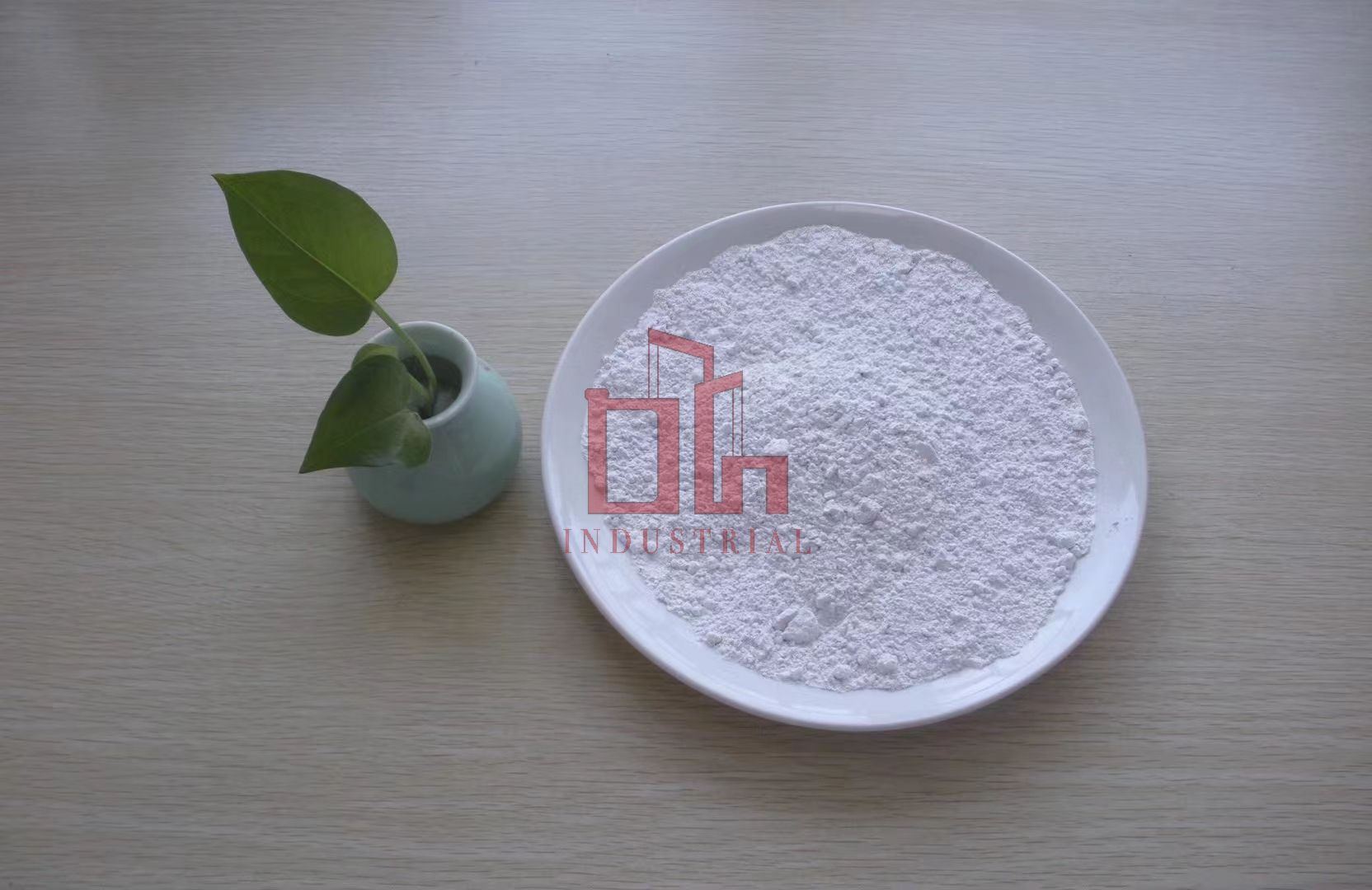The difference between phosphate castable and aluminum silicate castable
Apr 07, 2024Phosphate castables are very different from aluminum silicate castables. For example, improper operation of phosphate castables will cause material to escape, increase porosity, reduce structural strength, shorten service life, and increase additional production costs. The construction methods of phosphate castables are different from other high-aluminum and corundum castables. The specific differences are.
1. Essential difference
The aluminum phosphate and phosphoric acid in phosphate castables react only slowly with neutral and acidic aggregates under normal temperature conditions. In order to give the castables room temperature hardening properties, a hardener must be used.
Aluminum silicate castables are different. Aluminum silicate castables generally use clay clinker or alumina clinker as refractory aggregate and powder, and their dosages are 65% to 74% and 24% to 35% respectively.
2. Configure production process
Phosphate castables are made of bauxite clinker and powder as the main raw materials, aluminate cement as the binding agent, and a variety of admixture materials. When used, aluminum dihydrogen phosphate solution needs to be added for stirring. It is Chemically bonded castables.
Aluminum silicate castables generally refer to high-aluminum castables, low-cement castables, etc., which are made of bauxite clinker and powder as the main raw materials, aluminate cement as the binding agent, and more than 4 kinds of admixtures. Water needs to be added during mixing, and it is a hydrated bonded castable.

3. Construction process
Aluminum dihydrogen phosphate solution needs to be added to the phosphate castable for stirring. It easily reacts chemically with the iron in the material to produce hydrogen gas, accompanied by volume expansion. Therefore, its construction process has two steps. First, it needs to be mixed to trap the materials, and then mixed for pouring construction. Mixing is to mix the phosphate castable and aluminum phosphate solution (5%) evenly. Do not add aluminum-plastic salt cement to allow the solution to chemically react with the material to eliminate hydrogen and leave it for more than 8 hours (commonly known as trapped material); the mixing is First mix the trapped material and 10% solution evenly, then add aluminate cement and stir. After stirring evenly, pouring can be carried out directly.
Mix the dry materials of aluminum silicate castable material evenly - add water and mix evenly - pouring construction. First mix the dry materials evenly, add the amount of water according to the amount of water provided by the manufacturer, weigh it and add it in two times, add about 80% first, observe the dryness and wetness of the materials, then add the remaining 20% water, stir evenly, and pour directly for construction. . In this process, it is necessary to weigh the refractory aggregate and powder according to the mix ratio requirements and mix them, add 3/5 of the binder solution, continue to stir evenly, and then trap the mixture; secondly, weigh the trapped mixture. , add DM-50 cement accelerator and mix evenly, add the remaining binder, stir 3 to 5mm, and remove the mold one day after molding.
4. Maintenance
After the phosphate castable is poured and molded, the mold can be removed after leaving it for about 8 hours. The construction environment temperature is different, and the time is different. Increasing the construction environment temperature can shorten the mold removal time. After removing the mold, cover it with plastic film for curing. The curing time will vary depending on the temperature.
After the aluminum silicate castable is cast and molded, it can be demoulded in about 4-8 hours with a compressive strength greater than 13Mpa and a drying compressive strength of 29.1-35.1Mpa. Cover it with a plastic film for curing. The curing time is about 3 days.
5. Baking method
The construction temperature of phosphate castable is around 15-20°C, and it needs to be cured for about 5 days before it can be put into use.
After the aluminum silicate castable is cured, remove the plastic film and let it naturally cure for one day before baking. Because the cast lining contains a lot of moisture, if it is used directly without baking, it will cause the lining to crack and peel. The baking temperature should be increased slowly from low to high temperatures, and strictly follow the temperature rise curve provided by the manufacturer.